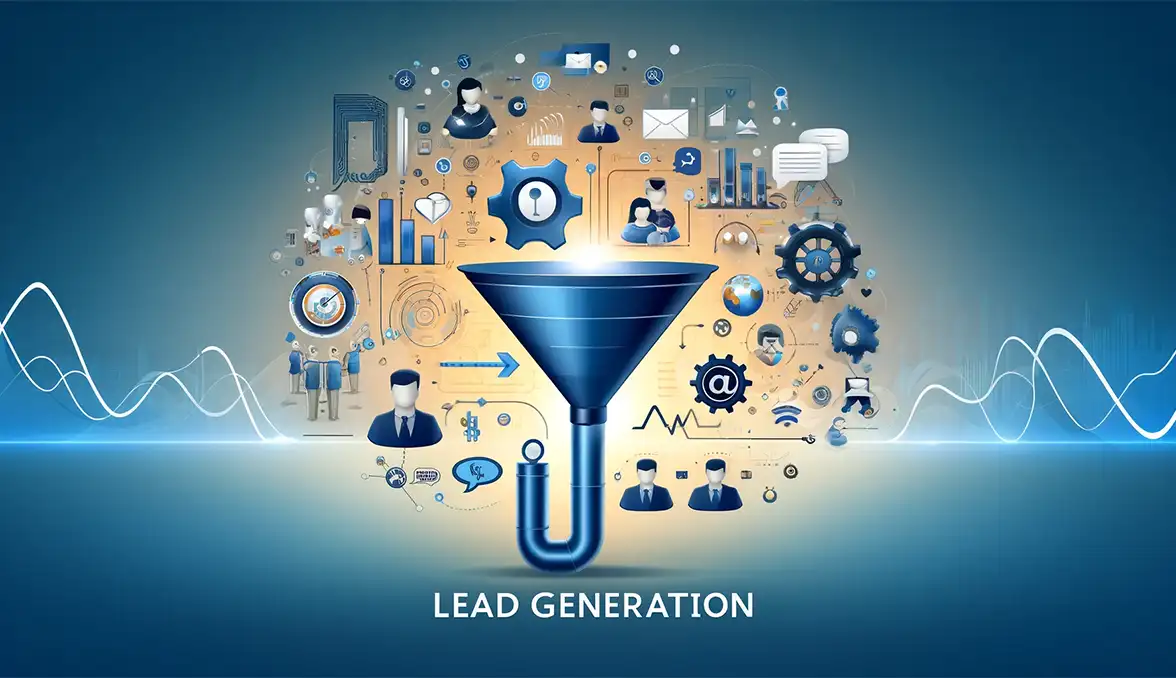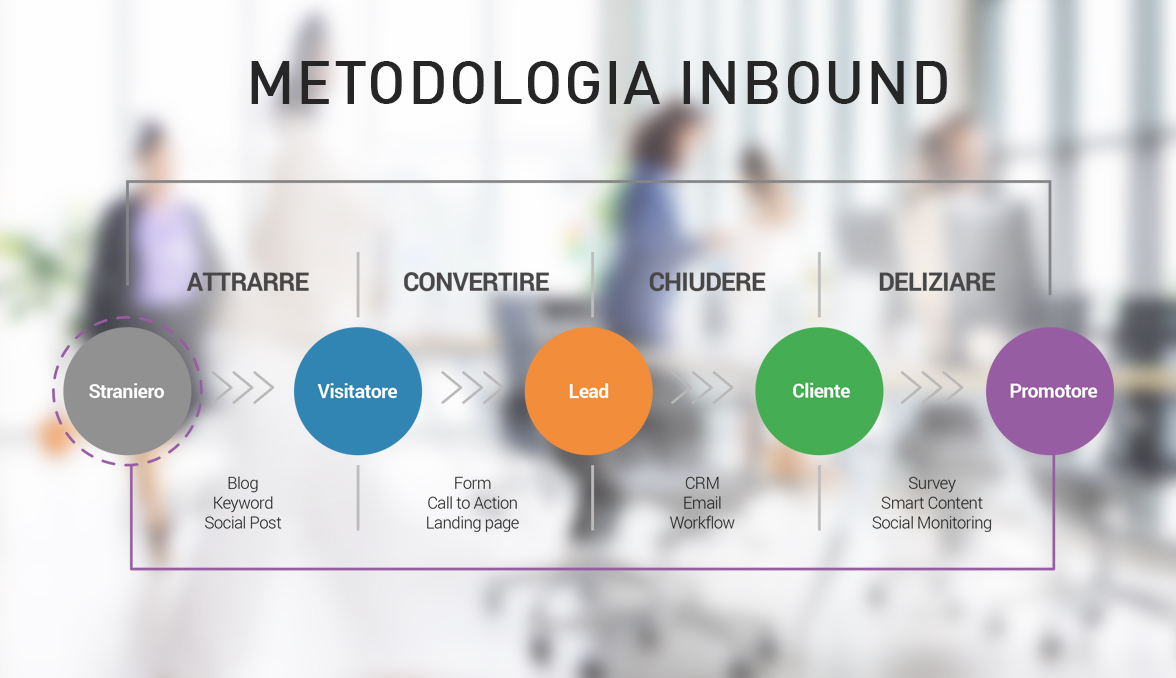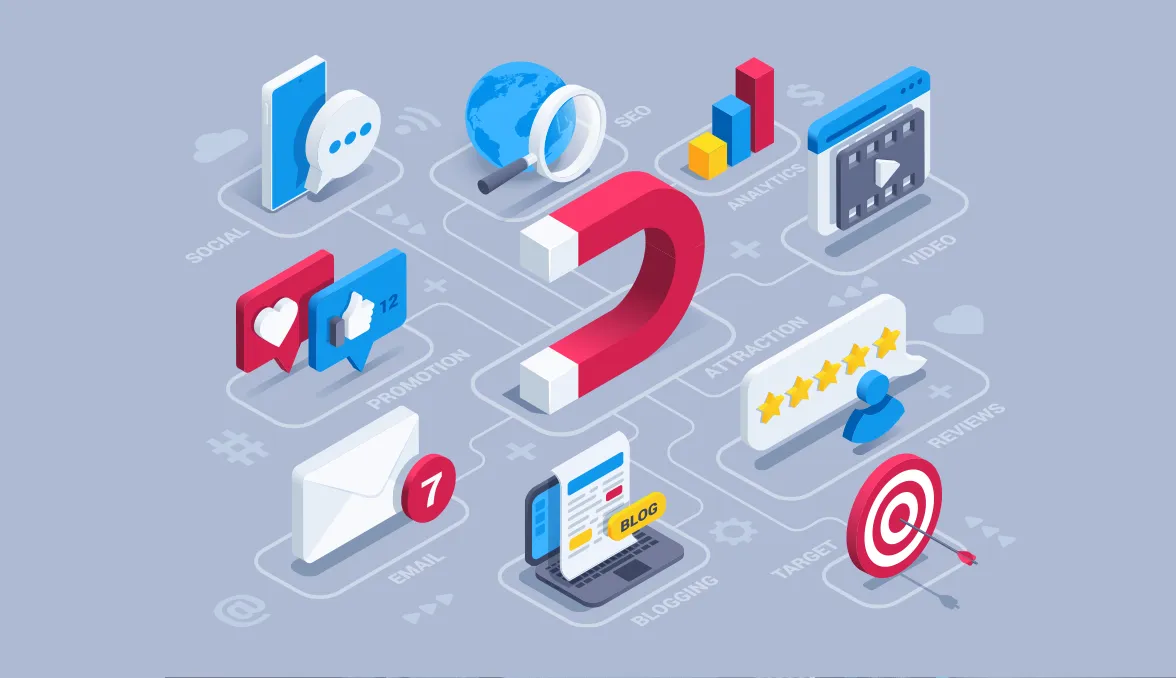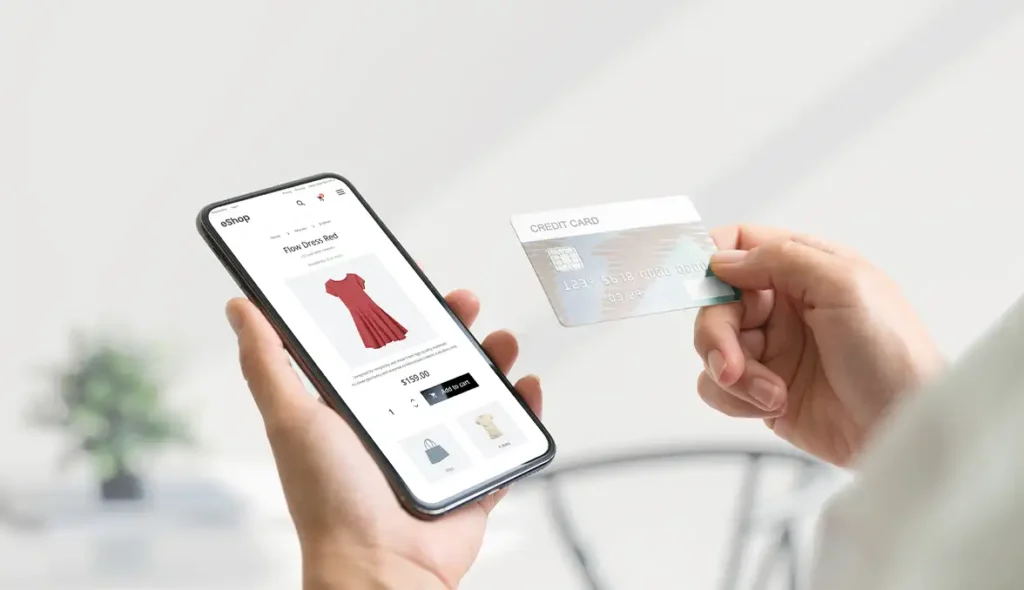In today’s dynamic digital world, traditional marketing strategies are no longer enough to attract and engage customers. So, how can your business stay competitive and effectively reach its target audience? The answer lies in the power of inbound marketing.
Gone are the days when businesses relied solely on outbound marketing tactics like cold calling and direct mail.
Inbound marketing has revolutionized the landscape, transforming the way businesses attract, engage and delight their customers. By creating valuable content and leveraging different digital channels, you can attract potential customers organically and build lasting relationships with them.
In this article, we’ll explore the potential of inbound marketing and how it can be a game-changer for businesses of all sizes. Get ready to discover the potential of inbound marketing and take your business to new heights.
What is Inbound Marketing?
Inbound marketing represents a revolutionary approach to digital marketing, transforming the way businesses attract, engage and delight their customers.
Unlike traditional marketing methods that rely on intrusive tactics like cold calling, spam emails, and unsolicited advertising, inbound marketing focuses on creating valuable, informative, and relevant content that naturally draws potential customers to your brand .
At the heart of inbound marketing is customer focus. It’s about building meaningful relationships, addressing your audience’s needs and issues, and offering solutions instead of just sales pitches.
This methodology aligns perfectly with the behavior of modern consumers, who actively seek information, trust peer reviews and recommendations, and value transparency and authenticity.
Main components of inbound marketing
- Content Creation: The production of relevant and useful content, such as blog posts, videos, ebooks and infographics, that answers the questions and needs of the target audience.
- SEO (Search Engine Optimization): Content optimization for search engines to improve online visibility and attract organic traffic.
- Social media management: Using social platforms to distribute content, interact with audiences and build a community around the brand.
- Lead nurturing: Automated, customized processes to guide prospects through the sales funnel, using email marketing and other follow-up tactics.
- Analysis and optimization: Monitoring the performance of inbound marketing campaigns through detailed analysis and continuous improvement of strategies based on the data collected.
Benefits of Inbound Marketing: Transforming Your Business Strategy
1. Cost-effective marketing with excellent results
Inbound marketing represents an economical approach that surpasses traditional advertising. The digital world offers opportunities to precisely target your ideal audience, minimizing wasted resources on uninterested segments.
Cost-per-lead (CPL) metrics in inbound marketing are significantly lower than traditional outbound strategies, maximizing the effectiveness of every dollar invested. According to HubSpot, inbound marketing costs 61% less per lead than traditional outbound marketing strategies.
One of its main advantages is the ability to attract potential customers organically, significantly reducing customer acquisition expenses.
By creating valuable, relevant content tailored to your target audience, you not only save on advertising spend, but also nurture leads with a genuine interest in your products or services. This personalized approach dramatically improves your return on investment (ROI) compared to traditional marketing methods.

2. Targeted traffic and lead generation
The heart of inbound marketing lies in its ability to attract the right audience.
Through strategies like content marketing and search engine optimization (SEO), you can precisely target potential customers who are actively looking for solutions to their problems.
This represents a paradigm shift compared to the scattered and poorly targeted approach of traditional marketing.
Content marketing, an integral part of inbound, involves creating informative and engaging content that resonates with your audience’s pain points.
As you provide solutions and build trust, these visitors are more likely to become high-quality leads.
With inbound marketing, you’re not just casting a wide net; you are fishing with an aimed spear.
3. Build credibility and trust
Building trust is critical in today’s competitive marketplace. Inbound marketing excels at this, providing valuable content that addresses the needs and questions of your target audience.
By positioning your brand as an authority in the industry, you not only gain trust, but also instill a sense of trustworthiness and security. This authoritative presence instills trust in your audience, making them more likely to choose your products or services over those of your competitors.
Research indicates that 80% of consumers trust companies that produce personalized content. Inbound marketing, with its focus on creating tailored, informative content, is perfectly positioned to take advantage of this trust-building opportunity.

4. Customer-centric approach
Inbound marketing is inherently customer-centric. It’s about understanding your audience’s needs and providing tailored solutions. Instead of pushing products or services on a refractory audience, you listen to your customers’ needs and adapt your approach accordingly.
Through methods like buyer personas and audience segmentation, you gain insights into your customers’ pain points, goals, and behaviors.
Armed with this understanding, you create content and experiences that genuinely resonate with your audience. Inbound marketing is about addressing their challenges, answering their questions, and providing real value.
Studies show that customer-centric companies are 60% more profitable than those that aren’t. Inbound marketing, with its emphasis on putting the customer at the center of strategies, aligns perfectly with this profitable approach.
5. Building long-term relationships
In contrast to the transactional nature of many outbound marketing efforts, inbound marketing focuses on long-term relationships. Once a lead is in your ecosystem, you continue to nurture and engage them with valuable content and personalized experiences.
This long-term relationship building is essential for repeat business and customer advocacy. Happy, engaged customers are more likely to become brand advocates, spreading the word about your products or services and contributing to organic growth.
6. Content Marketing for Thought Leadership
Content is the backbone of inbound marketing and plays a critical role in establishing your brand as a thought leader. By consistently producing high-quality content, such as blogs, ebooks, webinars, and more, you position yourself as an authority in your industry.
Through thought leadership, you not only attract a loyal following, but you also gain a competitive advantage. Customers tend to trust and choose companies that show industry experience and leadership.
Inbound marketing provides the platform to showcase your knowledge and insights, setting you apart from your competitors.
7. SEO and organic growth
Search engine optimization (SEO) is the cornerstone of inbound marketing. It ensures that your content is discoverable by your target audience when they are actively looking for solutions.
By optimizing your content for relevant keywords and providing valuable information, you increase your chances of ranking higher on search engine results pages (SERPs).
Research indicates that the top three organic search results on Google receive approximately 75% of all clicks. This highlights the importance of SEO in securing top-notch online real estate and attracting a substantial share of organic traffic. SEO not only increases visibility but also improves lead generation and conversion rates.
8. Social media engagement
Inbound marketing embraces the power of social media to engage with your audience where they spend a significant portion of their time online. Social media platforms provide an excellent avenue to connect with your audience on a personal level.
By sharing informative content, answering questions, and fostering discussions, you not only deepen relationships, but also amplify your brand’s reach.
Social media engagement extends your influence and can turn satisfied customers into brand advocates, driving organic growth.
9. Email Marketing for Lead Nurturing
Email marketing remains a powerful tool in the inbound marketing arsenal. It allows you to maintain a direct line of communication with your leads and customers. Through personalized, targeted email campaigns, you can nurture leads, drive conversions, and build brand loyalty.
Current statistics confirm that email marketing continues to boast an impressive ROI. According to several sources, email marketing can generate a return on investment (ROI) of between $36 and $42 for every dollar spent.
The success of email marketing is due to various factors, including the ability to personalize messages, high email opening rates and the use of advanced analysis and segmentation tools. Personalizing content and using tools like Hubspot to segment your audience can significantly increase engagement and conversion rate, further improving the overall ROI of your email campaigns.
HubSpot is the software platform par excellence for inbound marketing, which includes tools for marketing, sales, customer support and content creation for the web and social media. Today still incredibly more advanced than ever thanks to the introduction of AI.
This exceptional return on investment highlights the lasting effectiveness of email campaigns in the inbound marketing toolkit.

10. Inform decisions with data-driven insights
Inbound marketing places a strong emphasis on data and analytics. This wealth of information allows you to make informed, so-called data-driven marketing decisions.
Every aspect of inbound campaigns can be tracked and measured to evaluate their effectiveness.
Key performance indicators (KPIs) provide information on what is working and what needs to be adjusted. This iterative process ensures that your strategies are continually refined for optimal results.
According to Forbes, companies that use data-driven marketing are 6 times more likely to be profitable year after year. Inbound marketing from data-driven insights allows businesses to not only thrive, but outperform their competitors.
11. Flexibility and scalability
Inbound marketing campaigns are inherently scalable and flexible. Whether you need to expand your efforts to reach new audiences or make real-time changes to respond to market changes, inbound marketing enables both.
This flexibility ensures that your marketing strategies remain aligned with your business objectives and you can allocate resources where they are needed most. Whether you’re a startup or an established business, inbound marketing adapts to your specific needs.
Practical examples
Blogging: A single blog post can continue to generate traffic and leads long after it has been published, and new articles can be easily added to increase reach.
Email Marketing: Email marketing campaigns can be scaled from a few tens to hundreds of thousands of recipients with relatively few structural changes, thanks to automation tools.
12. Gain a competitive advantage
In today’s competitive landscape, standing out is essential. Inbound marketing has proven to be a game changer for businesses of all sizes. Inbound marketing has the potential to give your business a substantial competitive advantage.
By focusing on creating valuable content, nurturing leads, and delivering exceptional customer experiences, you set yourself apart from competitors who rely on outdated exit methods.
Case studies abound of companies that have gained a competitive advantage by embracing inbound marketing. They not only attract more leads, but also convert them into loyal customers, creating a sustainable advantage.
Future of Inbound Marketing
The world of marketing is constantly evolving and inbound marketing is no exception. To stay at the forefront, it is crucial to stay up to date on emerging trends and innovations. Voice search, AI-powered personalization, and changing consumer behaviors are shaping the future of inbound marketing.
By preparing for these changes and adapting your strategies accordingly, you position your company for continued success in the ever-changing digital landscape.
Start your inbound marketing journey with us
Inbound marketing isn’t just a trend; it’s a fundamental shift in how companies interact with their audiences. Its benefits are far-reaching, from cost-effective lead generation to building trust and credibility.
Inbound marketing allows you to cultivate long-term relationships, establish thought leadership, and stay competitive in a dynamic marketplace.
As a marketer, embracing inbound marketing as a methodology and tool, can completely catapult your organization to new heights.
It’s not just an option; it’s a necessity in the digital age.
 | Ready to unlock the full potential of inbound marketing for your business?Contact Kiosk today and let’s start creating strategies that drive results. From content creation to SEO, social media management and beyond, we have the skills needed to help your business thrive in the digital age. Contact us today. |
 |
Ready to unlock the full potential of inbound marketing for your business?Contact Kiosk today and let’s start creating strategies that drive results. From content creation to SEO, social media management and beyond, we have the skills needed to help your business thrive in the digital age. Contact us today.
|



